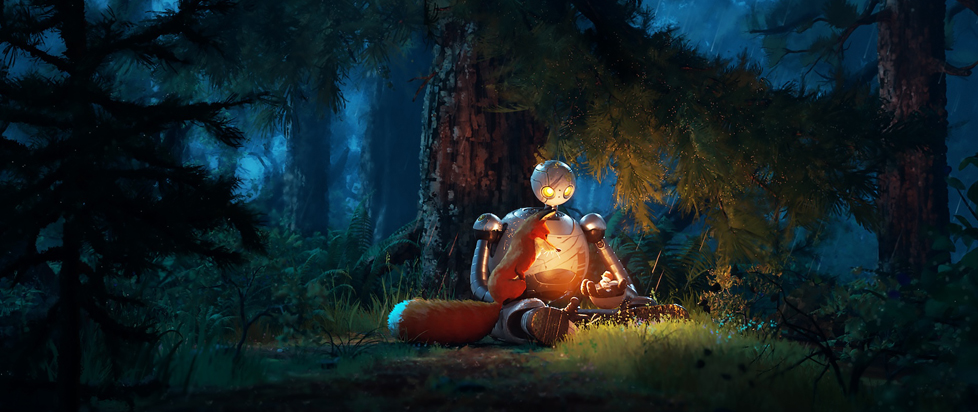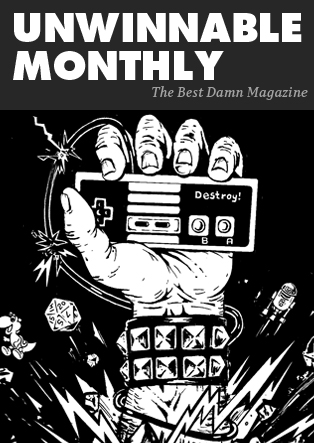
The Animated Robots of 2024
 This is a reprint of the feature essay from Issue #85 of Exploits, our collaborative cultural diary in magazine form. If you like what you see, buy it now for $2, or subscribe to never miss an issue (note: Exploits is always free for subscribers of Unwinnable Monthly).
This is a reprint of the feature essay from Issue #85 of Exploits, our collaborative cultural diary in magazine form. If you like what you see, buy it now for $2, or subscribe to never miss an issue (note: Exploits is always free for subscribers of Unwinnable Monthly).
———
Animated movies featuring automatons aren’t explicitly novel, but it does feel like an odd convergence when we see this specific kind of film from not just American movie studios, but different countries and even animation styles, all within just one year (hell, even last year’s Wallace & Gromit featured a robotic garden gnome). So, what’s relevant about cartoon robots right now?
At first glance, Robot Dreams taking place in the 1980s looks like an odd creative choice, but I would argue that this setting serves to hammer home this movie’s depiction of loneliness. We might be living in a so-called “age of loneliness” now, but back then, we were nowhere near as connected as we are now: no cell phones, internet, social media, etc. And yet, the story of a lonely dog assembling a friend for themselves feels painfully relatable today, especially when you see how meeting and socializing with new people can be so difficult, and maintaining relationships can be challenging even when everyone’s having a good time. Perhaps most heartbreaking of all is when you have to make peace with the fact that sometimes, it’s best to move onto better things. What made Robot Dreams stand out last year was how it used technology both retro and futuristic, to tell a story that feels beautifully and painfully modern.
The Wild Robot’s modernity, however, doesn’t come from our relationship to technology, but instead it’s how we have to relate to each other. The Wild Robot is more than just a story about a wayward service-bot learning to be a parent and developing a soul; the protagonist Roz starts out as an outsider who can’t even speak the language of the land, yet she manages to build an entire community. She unifies an island full of species that are initially hostile to one another to not only help raise her adopted child, but in turn she helps them survive a horrific blizzard, and they all together fend off a robotic invasion by a company that wants to reclaim a “defective product.” The Wild Robot’s portrayal of socializing with those from completely different walks of life and community building feels so timely, considering that is what will be required of us in order to get through calamities, both from nature and from overly advanced technology.
Transformers One might look at first like a kids’ movie that had a bad marketing campaign, but it might legitimately be the most inspiring in what it does with the very concept of robots. See, the word “robot” comes from the Czech word “roboti”, which translates into “worker” and even “slave.” The characters that eventually become Optimus Prime and Megatron start out as lowly miners, laborers who have unknowingly had the mechanism that allows them to transform ripped away from them, and Transformers One follows these robots on their quest to regain their own autonomy, to become “autobots.” Despite having almost exclusively mechanical characters, Transformers One arguably feels the most human at its core with its struggle: to prove you’re your own person with your own aspirations and desires, that you aren’t just what society says you are.
What strikes me about all of these movies is how “of the time” they all are, but not in their utilization of incredible technology; no, it’s that we somehow see ourselves in these animated machines and in the struggles they face, from the personal to the societal. Maybe these movies are trying to remind us that in a period of time when we’re treated so often like interchangeable cogs, that there’s still more to you than meets the eye.




